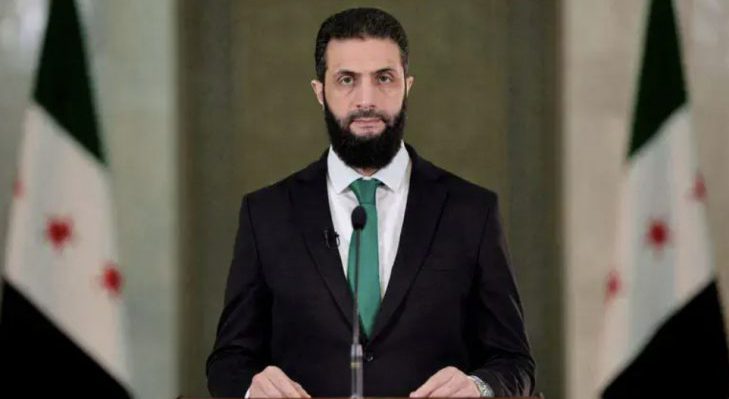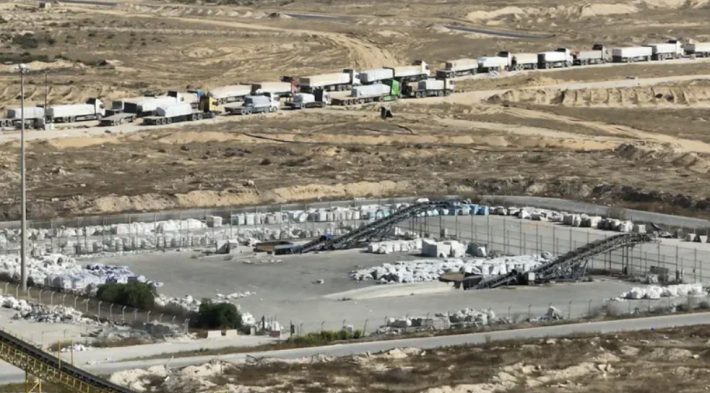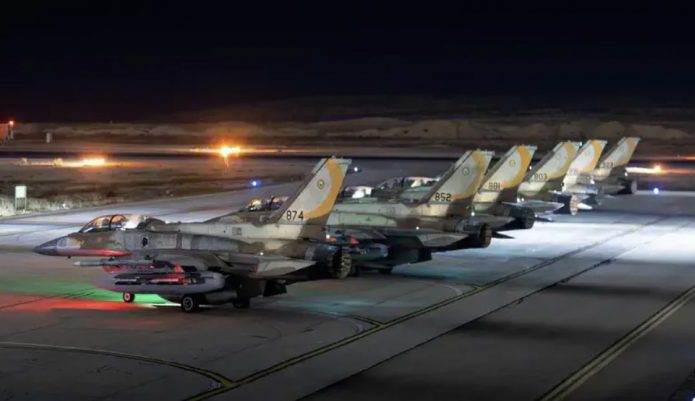Military probe reveals critical delays and command breakdowns in IDF response to October 7th infiltration; local security teams hailed for averting massacre at Pri Gan despite heavy losses.
The extensive IDF inquiry into battles in the area of Moshav Pri Gan on October 7th, 2023, found that the military failed in its mission to defend the Gaza envelope community.
According to the inquiry’s findings, it was the rapid security response team from the nearby community of Shlomit and other security forces in the area that repelled the attacking terrorists and saved the moshav from a massacre. During the fierce fighting, four members of the security forces, including a police officer and three members of Shlomit’s security response team, fell.
The inquiry found that ten terrorists infiltrated Moshav Pri Gan, but the security forces managed to repel them all and caused them to retreat to the Gaza Strip.
The military operational inquiry focused on the sequence of events, combat management, and the conduct of military forces in Pri Gan, one of dozens of combat zones during the surprise attack. The infiltration of thousands of terrorists at dozens of points at once was classified as the central cause that impeded the forces from reaching the combat zones.
Stage 1: Commencement of the attack
At 6:29 a.m., Hamas opened fire on the communities and military installations of the western Negev, including Pri Gan. The commander of the Southern Brigade and the commander of the battalion operating in the area (the 934th Battalion of the Nahal Brigade) declared that a war had begun. A tank force under the command of the company commander went to block the terrorists’ advance, fought at the post for three hours, and eliminated many terrorists. In parallel, additional forces were held down fighting at the Sufa Camp (approximately 1.2 miles from Pri Gan), which was attacked and besieged, as well as at the camps of the area’s brigade and division. At this stage, the commanders of the area battalion and company fell in battle.
Stage 2: The combat in the moshav
At approximately 7:20 a.m., approximately ten terrorists riding motorcycles infiltrated Moshav Pri Gan and began operating in the yards of the homes on the main street. Due to reports from residents and security response team members, additional forces arrived. At 7:34 a.m., a force that included three soldiers, a police officer, a Yassam officer, and the Hevel Shalom regional security coordinator arrived and joined the fighting. At 7:40 a.m., three members of the Shlomit rapid response security team (two members and the security coordinator) left to assist in Pri Gan.
At 7:48, the security coordinator rescued the Yamam officer, and the police officer continued fighting heroically until he fell in battle at 8:02. The Shlomit team arrived at the moshav at around 7:50 and became the main fighting force.
At 8:20 a.m., two security team members were wounded in an exchange of fire. Four additional team members from Shlomit left to assist at 8:24 and confronted terrorists some ten minutes later, with two additional members being wounded. At 8:43, another group of four Shlomit team members arrived with an ambulance; two of them joined the fighting, and two attempted to evacuate the wounded. Shortly after 9:00 a.m., another member of Shlomit’s team was ambushed by terrorists on his way to Pri Gan and was killed. A few minutes later, two more team members fell in battle in Pri Gan.
Stage 3: Arrival of reinforcements, clearing out, and evacuation
At 9:13 a.m., a force from the Caracal Battalion arrived at Pri Gan, five minutes before the terrorists left. At 9:30, an additional Caracal force arrived. Until 10:45, all forces worked to ensure the moshav was clear of terrorists while additional reinforcements arrived. At noon, the surviving members of the Shlomit rapid response security team left Pri Gan. On October 8th, the residents of Pri Gan evacuated with the assistance of the community emergency team.
The authors of the inquiry note that the chain of command, from the company level up to the Southern Brigade, was significantly damaged, with key personnel killed, making it difficult to obtain an updated picture of the situation and leading to a lack of coordination in defending the communities, including Pri Gan. The lack of constant reporting prevented the forces on the ground from understanding what was happening in the moshav.
The inquiry team noted that the IDF forces were expected to push to confront the enemy and work with greater speed to join the fighting at the moshav. In addition, the moshav’s security response team did not meet the requirements, both personnel and training-wise, to contend with a scenario of an infiltration into the community.





